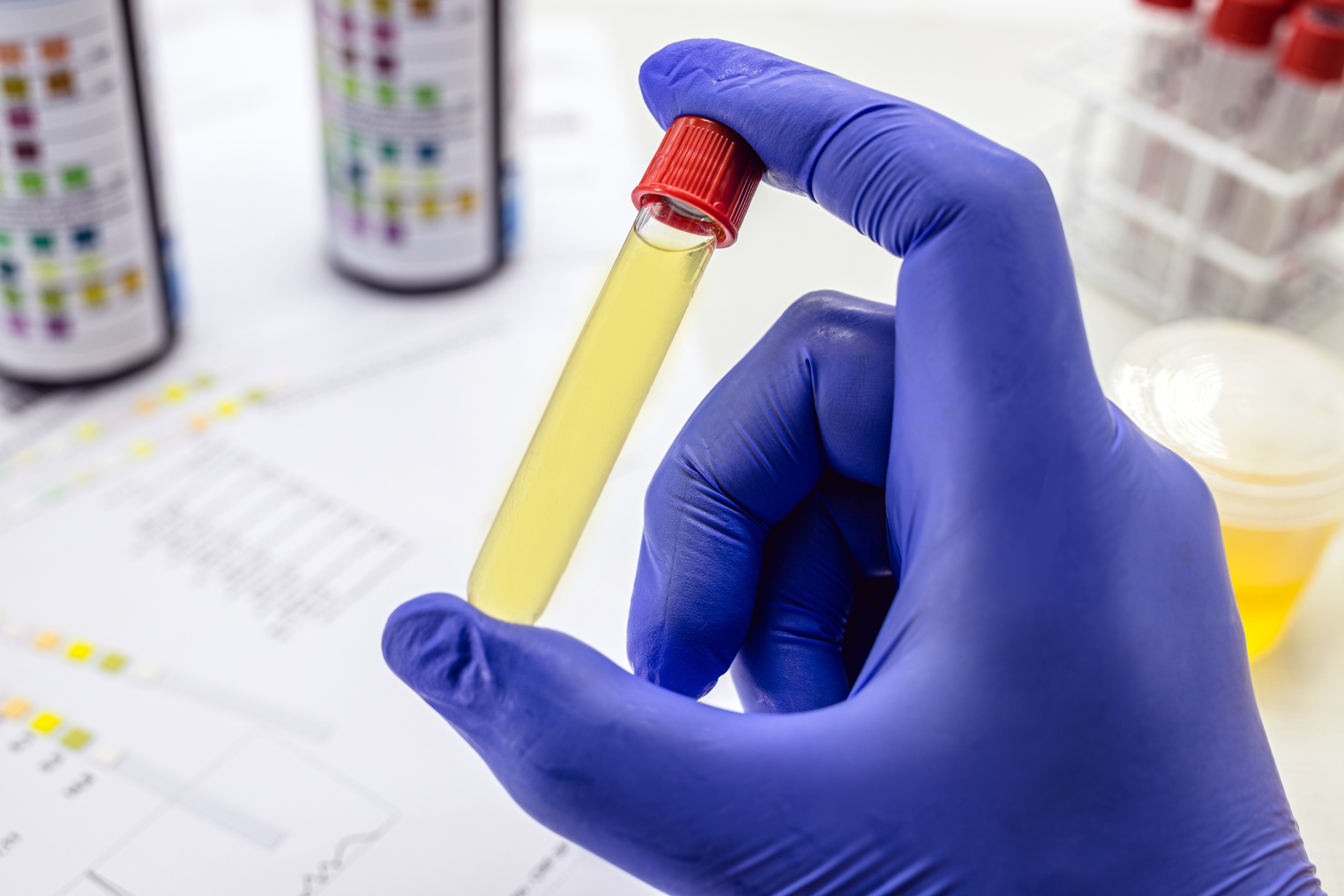Ensuring that a treatment is effective is essential for the successful treatment of substance abuse disorders. Yet, if the clients undergo treatment outside of the facility, how can the staff know that they take prescribed medications and successfully restrain from undesired substances? Toxicology tests are an effective way to alert your staff about inefficiencies in the treatment program.
What Are Toxicology Tests?
Toxicology tests, commonly known as tox screens or drug tests, help detect whether an individual has been using any of the following substances:
- Alcohol
- Amphetamines
- Barbiturates
- Benzodiazepines
- Cocaine
- Heroin
- Methamphetamine
- Opiates
- Opioids
- Stimulants
- Marijuana
The most common sample used for toxicology testing is urine, although blood may also be analyzed. The collected sample is carefully labeled and preserved to prevent contamination.
While toxicology tests can tell that a substance was used, they can’t reveal when and in what quantities. Yet, these limitations do not diminish their value.
Why Incorporate Toxicology Testing?
Let’s take a closer look at some of the key reasons why toxicology testing is important at addiction treatment facilities:
Identifying the Problem
Toxicology testing proves particularly valuable when dealing with clients who may struggle to acknowledge their addictions. The documented presence of substances in their system can help overcome resistance to treatment.
Monitoring the Progress
Additionally, toxicology testing is an indispensable tool for monitoring clients’ progress. These test results offer a clear indicator of the effectiveness or shortcomings of the current treatment, enabling staff to make necessary adjustments.
Furthermore, toxicology tests serve as a means to identify instances where a client should be taking prescribed medication but fails to do so. Toxicology testing acts as an early warning system for treatment centers.
How to Interpret Results?
Now that your staff members have received the results, it’s best to interpret them in the following ways:
Substance Identification
Results will indicate the presence or absence of specific substances, such as drugs or their metabolites. It’s crucial to cross-reference these findings with the substances the client is known or suspected to have been exposed to.
Cutoff Levels
Most toxicology tests have established cutoff levels. Concentrations of substances below these thresholds may not be reported as positive. Understanding these cutoff levels is essential in interpreting results accurately.
Confirmation Testing
In some cases, a preliminary positive result may be followed by a more specific confirmation test to rule out false positives.
How Frequent Should the Tests Be?
This can vary depending on the individual client and your treatment center’s policy, with options including weekly, monthly, or irregular intervals. More frequent testing is often recommended at the beginning of treatment. It may become less frequent during the recovery phase.
Many addiction treatment centers emphasize that toxicology testing not only offers positive reinforcement for successful treatment but also helps detect any unwelcome relapses. At Clarity Labs, we deeply care about the success of your addiction treatment programs because we understand that there’s a patient behind every sample. Contact us today for an accurate toxicology test to help your clients stay on track with their treatment.


